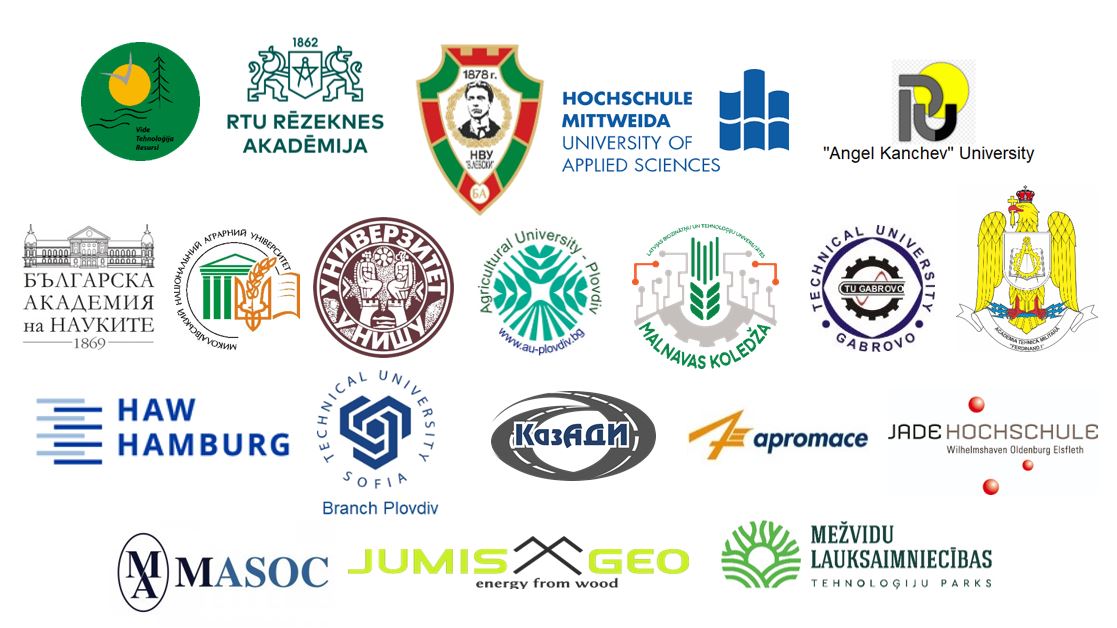EXPERIENCE OF APPLICATION HIGH PERFORMANCE CEMENT COMPOSITES FOR CREATING DURABLE SCULPTURAL ELEMENTS
##manager.scheduler.building##: Atbrivosanas aleja 115, k-4 (Faculty of Engineering)
##manager.scheduler.room##: Room 308
Last modified: 01.06.2017
Abstract
Traditionally, sculptural and decorative elements of building facades are created from mortar mixes based on lime, gypsum or Portland cement. Generally these materials have porous and permeable structure, which determines their accelerated degradation, especially in the aggressive environment of modern cities. High performance cement composites (HPCC) have been considered for production and restoration of sculptural elements in historical buildings. For this purpose, fine-graded, multi-component and highly workable mixes were elaborated. Mix compositions were modified with micro-fillers, plasticizing and stabilizing admixtures, as well as fibers to improve material ductility and control shrinkage cracking. Basic mechanical properties and durability (such as water absorption, frost resistance) were determined and two types of HPCC were compared (>50 MPa: HPCC and >120 MPa: UHPCC). It has been confirmed that cement composite mixes are characterized by self-consolidating effect, high compressive strength, extremely high resistance versus freezing and thawing cycles and low water absorption. Surface quality was evaluated and initial water absorption (tube tests) were performed for laboratory samples and real sculptural elements after 5 years of exploitation. The results confirmed good potential for using HPCC for creating more attractive and durable architectural shapes and façade elements compared to elements made using traditional cement and lime mortar.
Keywords
References
[1] F. Vegas and At.al., “May a building stand upon gypsum structural wall and pillars?,” in 8th International masonry conference in Drezden, 2017, pp. 1–6.
[2] C. Rodríguez-navarro, “Binders in historical buildings : Traditional lime in conservation,” Semin. SEM, vol. 9, pp. 91–112, 2012.
[3] R. Bailey, “Concrete Thinking for Sculpture,” Parallax, vol. 21, 2015.
[4] A. Klovas and M. Daukšys, “The evaluation methods of decorative concrete horizontal surfaces quality,” Medziagotyra, vol. 19, no. 3, pp. 343–348, 2013.
[5] M. Zapoyev, S. Krivoy, and S. Belyayeva, “Salt Corrosion of Masonry Mortar,” Appl. Mech. Mater., no. 725–726, pp. 523–528, 2015.
[6] P. Lura, M. Wyrzykowski, C. Tang, and E. Lehmann, “Internal curing with lightweight aggregate produced from biomass-derived waste,” Cem. Concr. Res., vol. 59, pp. 24–33, May 2014.
[7] W. D. Mangum, A. J. Bermudez-Goldman, D. P. Whitney, D. W. Fowler, and A. H. Meyer, “Repairing Cracks in Portland Cement Concrete Using Polymers. Final Report,” no. 2, p. 122 p., 1986.
[8] G. Šahmenko, S. Aispurs, and A. Krasnikovs, “The Use of High Performance Cement Composite in Renovation and Restoration of Architectural Elements of Buildings Facades,” Procedia Eng., vol. 117, no. 1, pp. 317–324, 2015.
[9] ACI Committee 544, “State-of-the-Art Report on Fiber Reinforced Concrete Reported by ACI Committee 544,” ACI Struct. J., vol. 96, no. Reapproved, 2002.
[10] G. Šahmenko, A. Krasnikovs, and M. Eiduks, “Ultra High Performance Concrete Reinforced with Short Steel and Carbon Fibers,” Proc. 10th Int. Sci. Pract. Conf., vol. I, pp. 193–199, 2015.
[11] A. Macanovskis, A. Krasnikovs, O. Kononova, G. Harjkova, and V. Yevstignejevs, “Mechanical Properties of Glass Fiber Composites Reinforced by Textile Fabric,” Environ. Technol. Resour. Proc. Int. Sci. Pract. Conf., vol. 1, no. May, p. 133, 2015.
[12] Y. Barabanshchikov, S. Belyaeva, A. Avdeeva, and M. Perez, “Fiberglass Reinforcement for Concrete,” Appl. Mech. Mater., no. 725–726, pp. 475–480, 2015.
[13] C. Gehlen and A. Rahimi, “RILEM TC TDC. Compilation of Test Methods to Determine Durability of Concrete. A Critical Review,” 2011.
[14] S. Aispurs, “No Title,” 2017. .
[15] T. J. Niel, “Process and techniques in concrete sculpture,” Concr. Eng. Int., vol. 11, no. 4, pp. 46–47, 2007.
[16] J. Krastiņš, Jūgendstils Rīgas arhitektūrā, Zinātne. Riga, 1980.
[17] A. Sprince, L. Pakrastinsh, B. Baskers, and L. Gaile, “Crack development research in extra fine aggregate cement composites,” Vide. Tehnol. Resur. - Environ. Technol. Resour., vol. 1, no. May, p. 17770, 2015.
[18] A. E. Naaman and K. Wille, “The Path to Ultra-High Performance Fiber Reinforced Concrete ( UHP-FRC ): Five Decades of Progress,” in Proceedings of HiperMat 2012 (Kassel, March 7-9, 2012), 2012, pp. 3–15.
[19] N. Vatin, A. Sprince, L. Pakrastinsh, and N. Vatin, “Long-term Behaviour of Fibre Reinforced Cement Composites,” in Proc. of the Second Intl. Conf. on Advances In Civil, Structural and Mechanical Engineering- CSM 2014, 2014, no. November, pp. 116–121.

